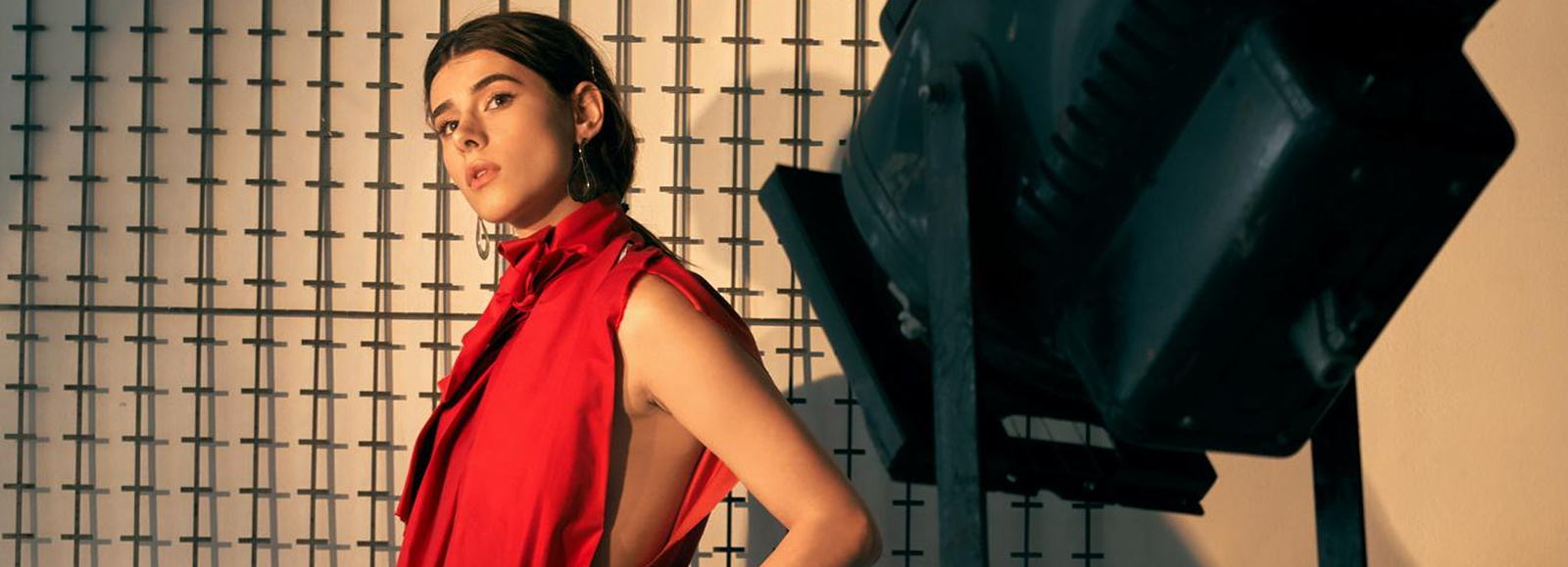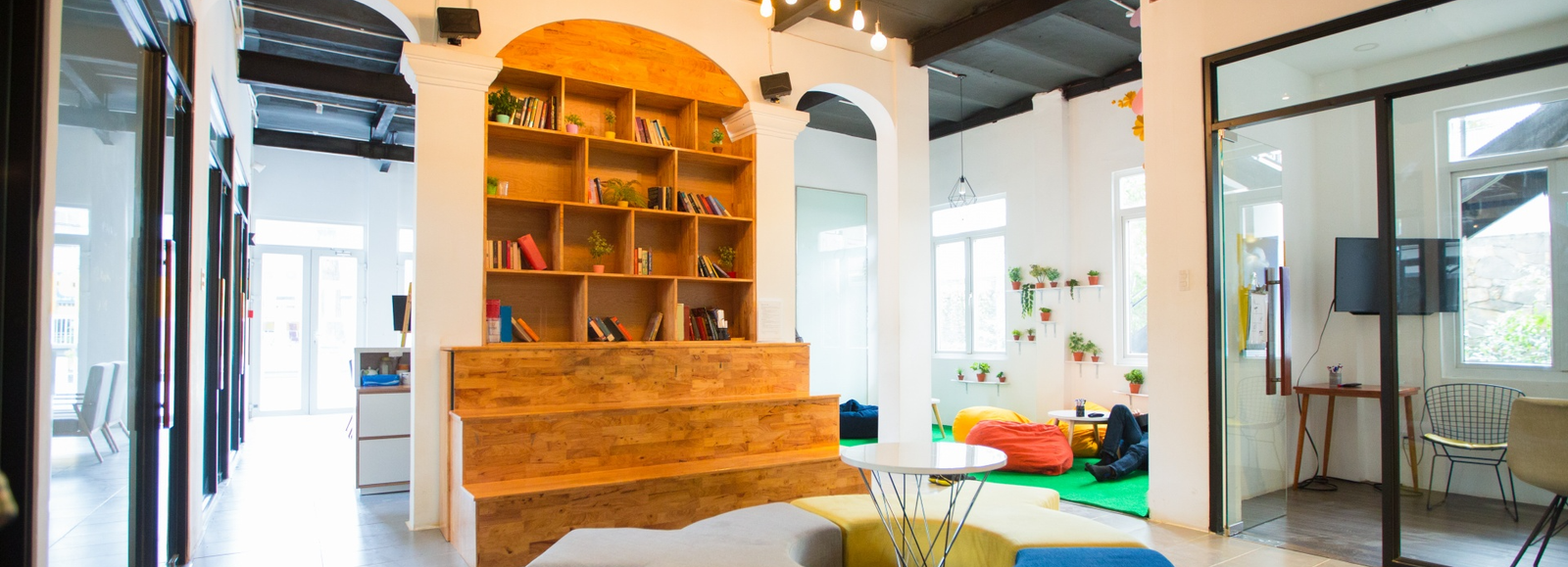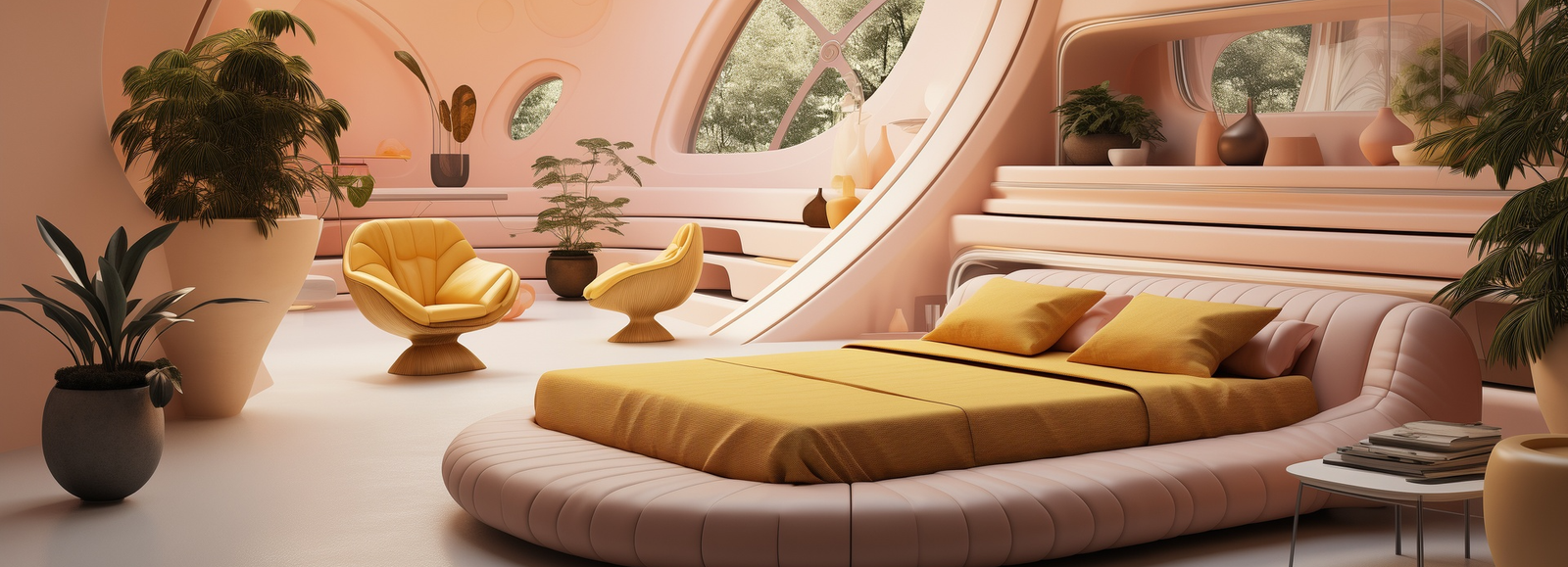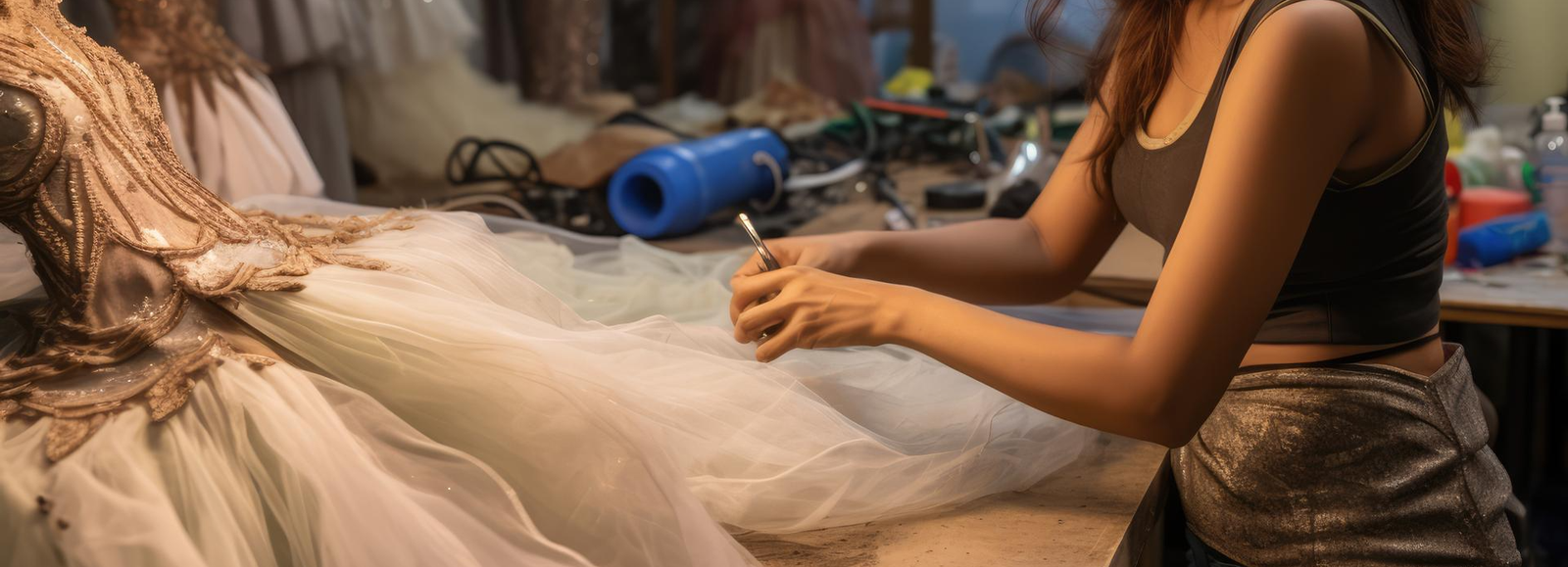Fashion Design vs. Fashion Technology
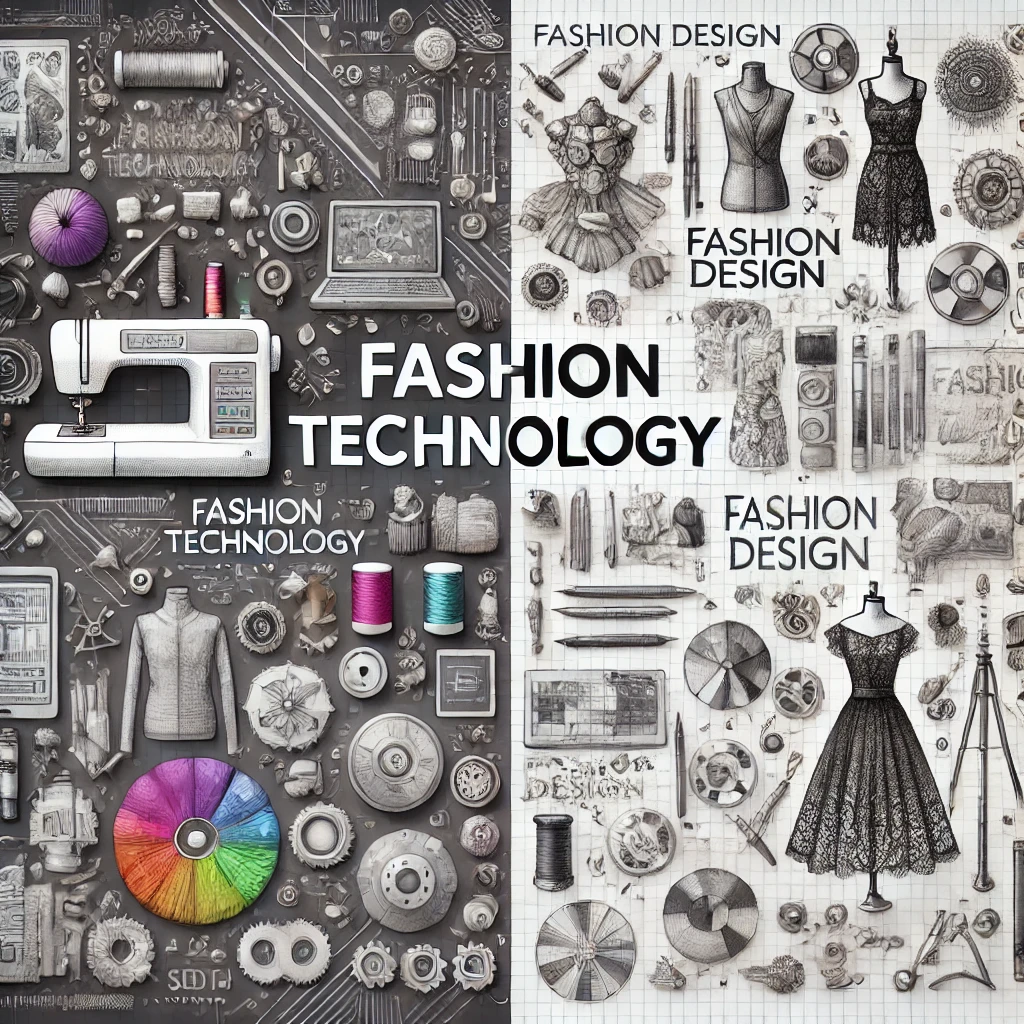
The fashion industry is one of the largest and most influential industries worldwide, driven by our need for clothing and our desire to express ourselves through fashion. Whether we’re buying clothes to stay on trend or to meet functional needs, fashion will never go out of style. As a result, the fashion industry has grown into a multi-billion-dollar business, attracting people interested in building a career in this creative and technical field. Two of the most popular career paths within the industry are fashion design and fashion technology.
While fashion design focuses on the artistic side, involving the creation of clothes, accessories, and aesthetics, fashion technology delves into the technical aspects of fabric selection, production processes, and quality control. Understanding the differences between these two fields will help you decide which one aligns better with your skills and ambitions. This guide explores both areas in detail, making it easier for you to choose the right career path in fashion.
What is Fashion Design?
Fashion design is a type of craftsmanship centered on creating clothing, accessories, and lifestyle products. This field is believed to have begun over 100 years ago with Charles Frederick Worth, the first designer to sew labels into the garments he made. Since its inception, fashion design has continuously evolved, adapting to cultural shifts and trends. Today, it is divided into three main categories: haute couture (high fashion), mass market, and ready-to-wear. Each category plays a unique role in shaping global style and consumer preferences.
What Do Fashion Designers Do?
The most obvious answer to what fashion designers do is: “They design clothes.” While this is true, their role extends far beyond that. Designers constantly research changing fashion trends and social influences to stay relevant. They interpret these insights to create clothing that appeals to their audience. In addition to aesthetics, designers ensure their creations are practical, functional, and market-ready. Their work involves more than just sketching—it requires balancing creativity with market demands to deliver pieces that resonate with style and purpose.

What is Fashion Technology?
Fashion technology is closely connected to fashion design, focusing primarily on the study of fabric types and their properties. This field involves analyzing various textiles to determine which materials are best suited for specific end products. It emphasizes technical aspects, such as fabric quality, durability, and performance, ensuring the right materials are chosen to meet design and production goals.
What Do Fashion Technologists Do?
Fashion technologists, also called apparel or textile technologists, specialize in working with a wide range of materials, from natural and synthetic fibers to leather, fur, metals, and plastics. Their role extends beyond fabric selection—they conduct quality control tests, document material performance, and collaborate with manufacturers to improve production efficiency and product quality. Technologists play a crucial role in ensuring that garments meet industry standards while also building strong relationships with production teams throughout the manufacturing process.

Which Field Should You Choose?
Now that we’ve outlined the differences between fashion design and fashion technology, you might be wondering: which path is the right fit for you? To simplify your decision, let’s compare these two fields side by side.
| Criteria | Fashion Designing | Fashion Technology |
|---|---|---|
| Definition | The art of applying design, aesthetics, and natural beauty to clothing and accessories | The field that focuses on fabric types, suitability, and the manufacturing process using technology |
| Aspect | More creative and artistic | More technical and technological |
| Candidate | Any stream | Must have studied physics, chemistry, and maths at 10 + 2 level |
| Specialization | Leather design, Accessory design, Textile design | Apparel manufacturing, Information technology |
| Spectrum of Tasks |
|
|
| Possible Jobs | Clothing designers, Footwear designers, Accessory designers, Costume designers, Fashion designers, Fashion merchandisers | Technical designers, Fashion coordinators, Quality control managers |
Conclusion
As may be obvious, both fashion design and fashion innovation cross-over a couple of similarities however redirect in a couple of contrasts. Towards the end of the day, the decision will reduce on your inclinations and objectives. Of course, you’re keen on fashion, yet what part of fashion would you say you are truly intrigued by?
Could it be said that you are more keen on the making of the apparel? Or on the other hand would you say you are more keen on looking at textures and materials? All in all, with regards to fashion, would you say you are more imaginative, or would you say you are more specialized?
Addressing that question ought to help you in your issue. Furthermore, both fashion design and fashion technology are perfect, so it won’t exactly hurt you if you decide to pick one ultimately. They’re both still under the business of fashion, a field that you’re enthusiastic about. Regardless of what you’ll pick eventually, you will in any case get to experience your fashion dreams.



